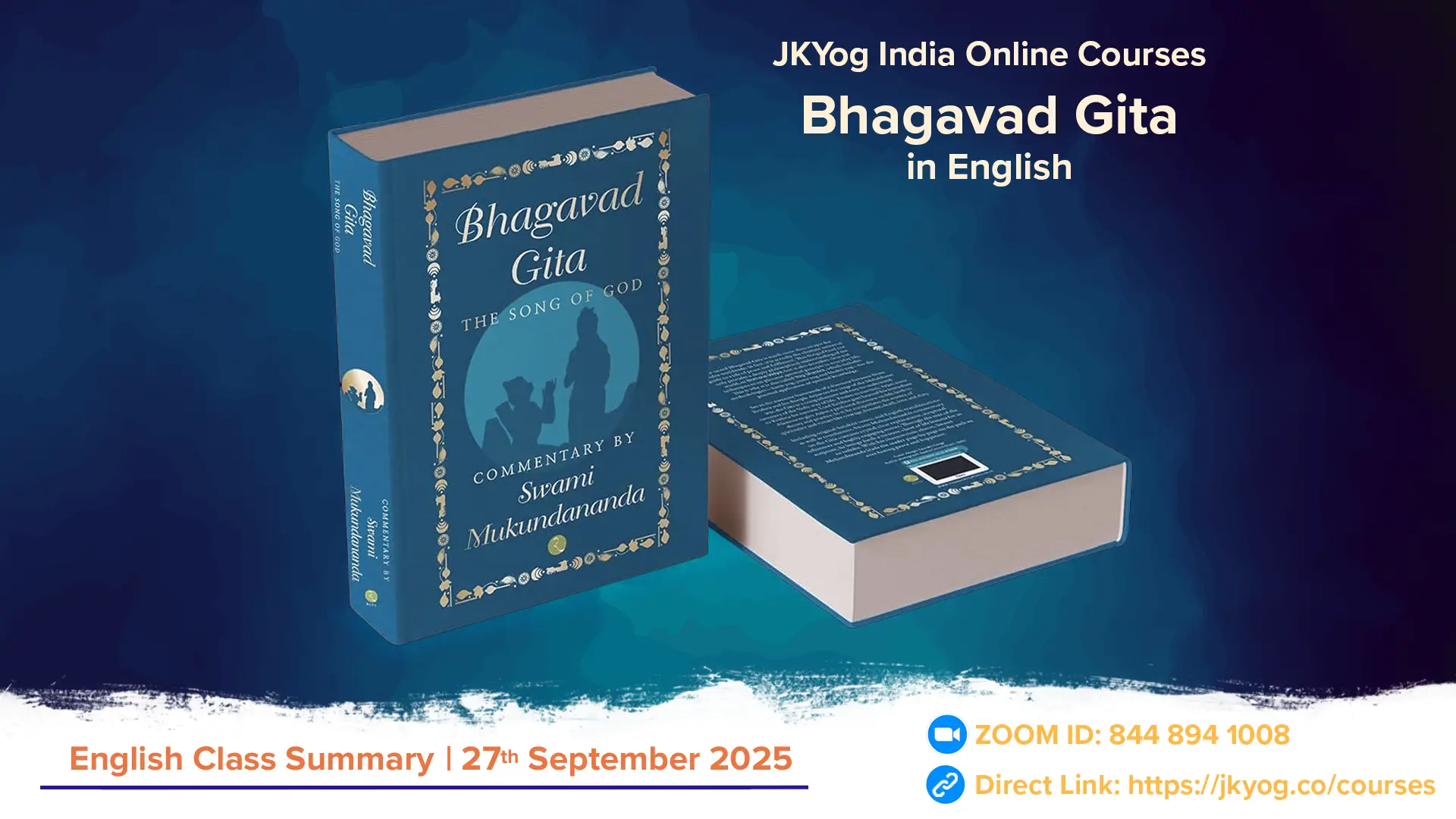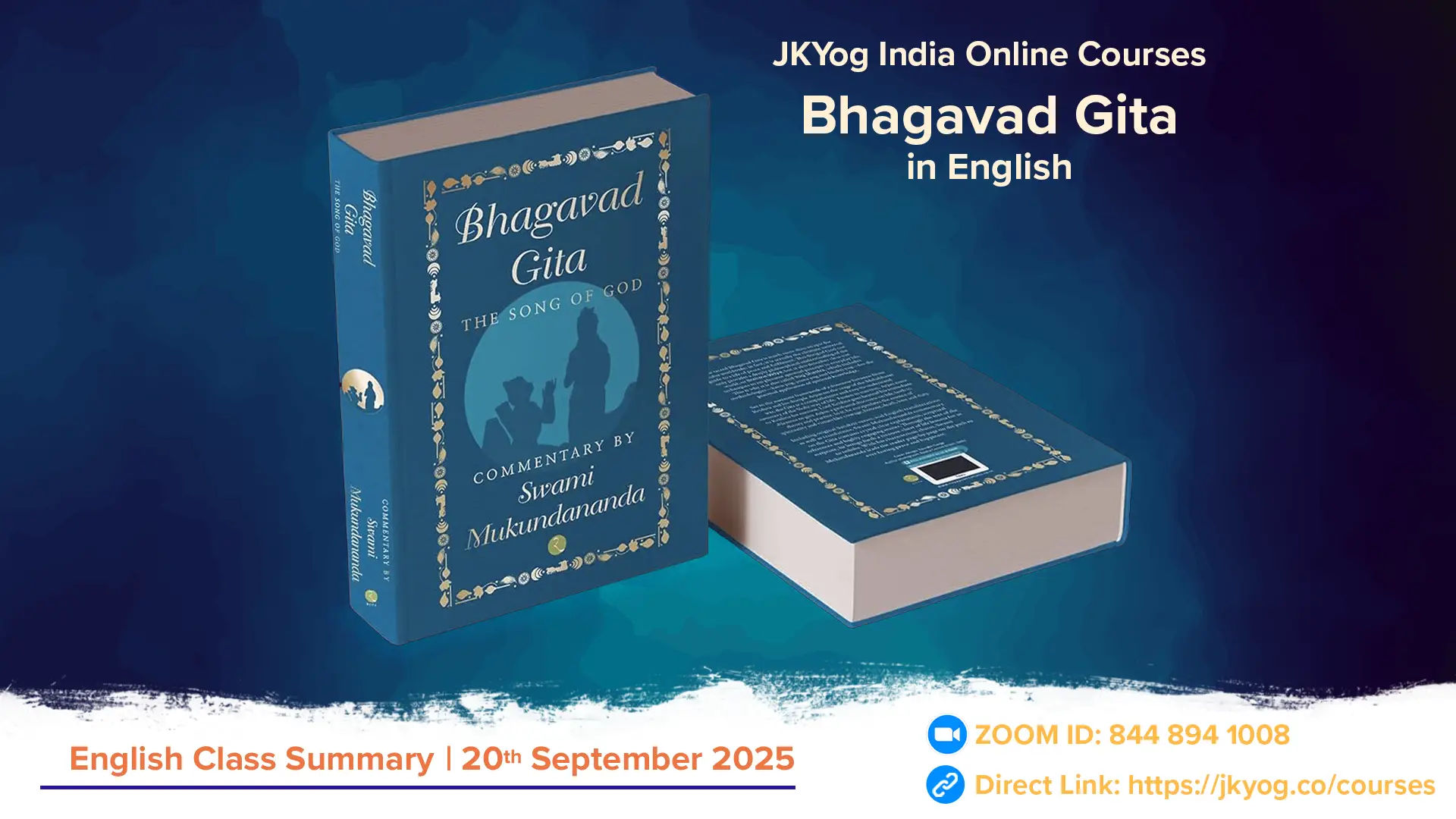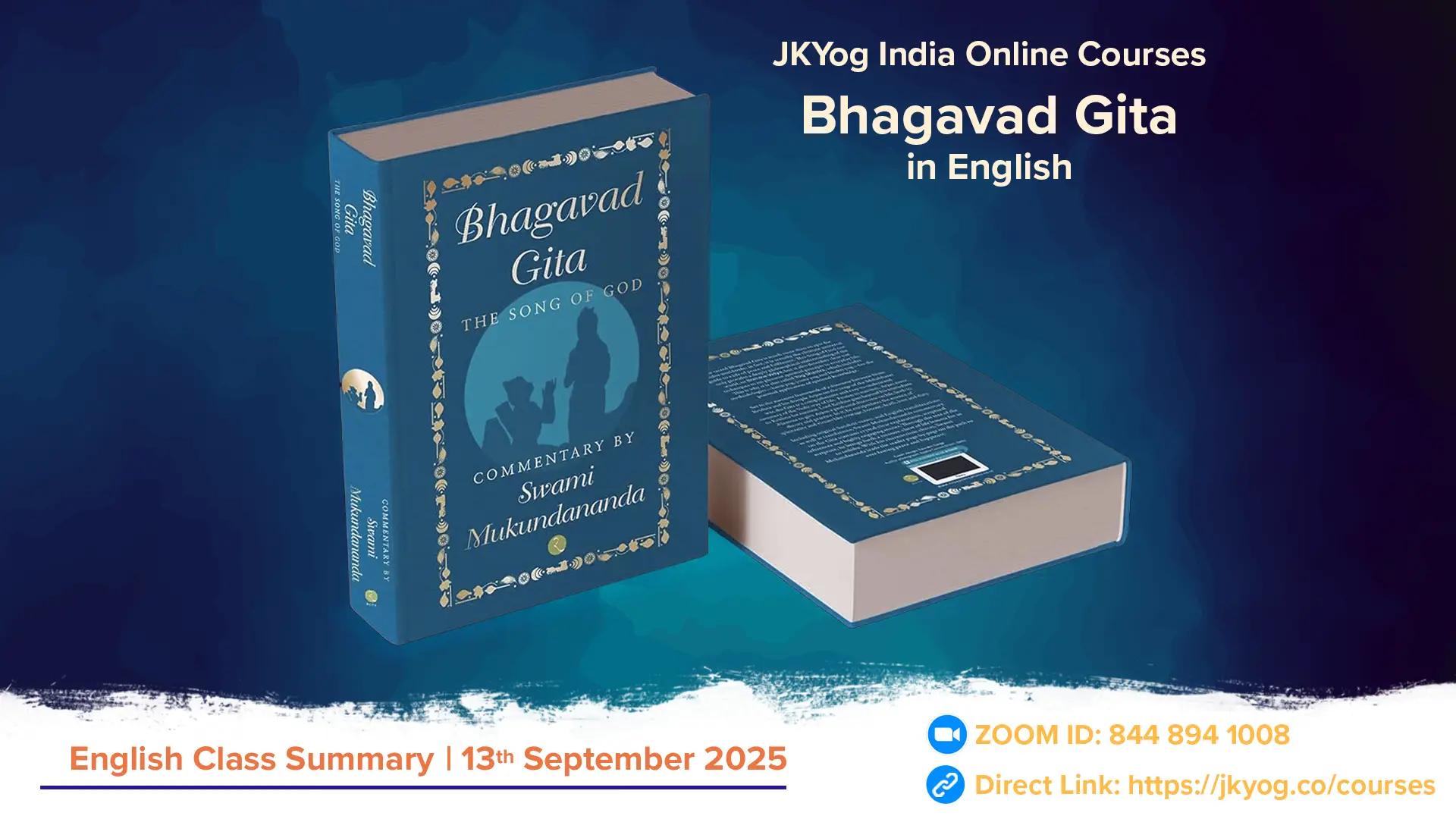Gita 13.3
क्षेत्रज्ञं चापि मां विद्धि सर्वक्षेत्रेषु भारत |
क्षेत्रक्षेत्रज्ञयोर्ज्ञानं यत्तज्ज्ञानं मतं मम || 3||
kṣhetra-jñaṁ chāpi māṁ viddhi sarva-kṣhetreṣhu bhārata
kṣhetra-kṣhetrajñayor jñānaṁ yat taj jñānaṁ mataṁ mama
This verse explains the nature of the soul, the Supreme Soul (God), and their relationship to the body, based on the teachings of Shree Krishna. It states that the individual soul knows only its own body partially, while the Supreme Soul, situated within all beings, has complete and perfect knowledge of all bodies (kṣetras). The distinctions among the body, the individual soul, and the Supreme Soul are crucial to understanding true knowledge. Shree Krishna defines true knowledge as understanding the self, the Supreme Lord, the body, and their differences. The passage emphasises that academic qualifications alone do not guarantee true knowledge; without understanding these fundamental distinctions, one is considered truly ignorant. Ultimately, it highlights that spiritual discernment—the awareness of these distinctions—is the true measure of knowledge.
Gita 13.5
ऋषिभिर्बहुधा गीतं छन्दोभिर्विविधै: पृथक् |
ब्रह्मसूत्रपदैश्चैव हेतुमद्भिर्विनिश्चितै: || 5 ||
ṛiṣhibhir bahudhā gītaṁ chhandobhir vividhaiḥ pṛithak
brahma-sūtra-padaiśh chaiva hetumadbhir viniśhchitaiḥ
This verse emphasises that true knowledge is expressed with precision, clarity, and sound logic, and must be validated by infallible authority, primarily the Vedas. The Vedas are described as eternal, divine knowledge of God manifested whenever creation occurs, originating from the breath of God and first revealed in the heart of Brahma. They are transmitted orally and are called Śhruti, meaning "knowledge received through the ear." Sage Ved Vyas compiled the Vedas into four parts—Ṛig, Yajur, Sāma, and Atharva Vedas—without claiming to be their creator, as the Vedas are considered apauruṣheya, not created by any person.
The Vedas serve as the ultimate authority for spiritual knowledge, and all other scriptures are considered valid only if they conform to Vedic authority. Various texts, including the Itihās (epic histories like Ramayana and Mahabharata), Puranas (mythological and historical narratives), and Ṣhaḍ-darśhan (six classical philosophies), expand upon Vedic teachings. Notably, the Bhagavad Gita, part of the Mahabharata, distils the essence of spiritual knowledge.
The Brahma Sūtra, also known as Vedānt Darśhan, is regarded as the final authoritative text on the distinctions between the soul, body, and God. Though written by Sage Ved Vyas, it is interpreted through numerous commentaries by various scholars, each representing different philosophical schools, such as Advaita, Dwaita, and Vishishtadvaita. Among these, the commentaries by Shankaracharya, Ramanujacharya, Madhvacharya, and Vallabhacharya form the foundation of their respective philosophies.
Chaitanya Mahaprabhu, a revered Vedic scholar, regarded the Shreemad Bhagavatam as the ultimate commentary on Vedānt Darśhan, as it encapsulates the essence of the Vedas and Upanishads. He chose not to write a separate commentary, respecting Ved Vyas’s declaration that the Bhagavatam provides the definitive spiritual teachings.
In summary, this verse highlights the Vedas as the eternal, infallible foundation of spiritual knowledge, with various scriptures and commentaries elaborating on their truths, all ultimately leading to the understanding of the soul, God, and the material world.
Gita 13.6
महाभूतान्यङ्ककारो बुद्धिरव्यक्त मेव च |
इन्द्रियाणि दशैकं च पञ्च चेन्द्रियगोचरा: || 6||
mahā-bhūtāny ahankāro buddhir avyaktam eva cha
indriyāṇi daśhaikaṁ cha pañcha chendriya-gocharāḥ
This verse explains the twenty-four elements that form the field of activities (kṣetra), as described by Shree Krishna. These include the five gross elements (earth, water, fire, air, space), the five sense objects (taste, touch, smell, sight, sound), the five working senses (voice, hands, legs, genitals, anus), the five knowledge senses (ears, eyes, tongue, skin, nose), along with the mind, intellect, ego, and prakṛiti (primordial energy). Shree Krishna refers to these as "daśhaikaṁ" (ten plus one), emphasising the inclusion of the mind along with the senses.
The inclusion of sense objects, despite being external, is justified because the mind contemplates them and mentally contains their subtle forms, as seen in dreams. Different scriptures vary slightly in classification—some include the five prāṇas (life airs) instead of the sense objects—this difference is mainly in classification, not philosophy.
This verse also describes the field of the body in terms of five sheaths (kośhas) covering the soul: the gross sheath (Annamaya), the sheath of life-airs (Prāṇamaya), the mental sheath (Manomaya), the intellectual sheath (Vijñānamaya), and the bliss sheath (Ānandamaya). Each sheath corresponds to different aspects of the physical and subtle layers of human existence.
Gita 13.7
इच्छा द्वेष: सुखं दु:खं सङ्घातश्चेतना धृति: |
एतत्क्षेत्रं समासेन सविकारमुदाहृतम् || 7||
ichchhā dveṣhaḥ sukhaṁ duḥkhaṁ saṅghātaśh chetanā dhṛitiḥ
etat kṣhetraṁ samāsena sa-vikāram udāhṛitam
This verse explains the attributes of the kṣetra (field) and its modifications as described by Shree Krishna. The body, as part of the field, undergoes six transformations—existence, birth, growth, reproduction, ageing, and death—supporting the soul in its pursuit of happiness either in the material world or in God.
Consciousness is the life force imparted by the soul, making the body appear alive, similar to how fire heats an iron rod. Will is the determination that directs the body's activities towards specific goals, energized by the soul through the intellect. Desire, driven by the mind and intellect, creates longing for objects or situations, and while material desires cause bondage, spiritual desires for God lead to liberation.
Aversion is the mind's revulsion towards unpleasant objects or situations, prompting avoidance. Happiness is the pleasurable feeling experienced through favourable circumstances and fulfilment of desires, but material happiness is temporary and cannot satisfy the soul's longing for divine bliss. Conversely, misery results from pain and unpleasant experiences.
Finally, Shree Krishna emphasises cultivating virtues and attributes that develop knowledge, guiding humans to fulfil the purpose of their existence through the proper understanding and use of the field of activities.
Summary: JKYog India Online Class- Bhagavad Gita [English]- 12.7.2025








